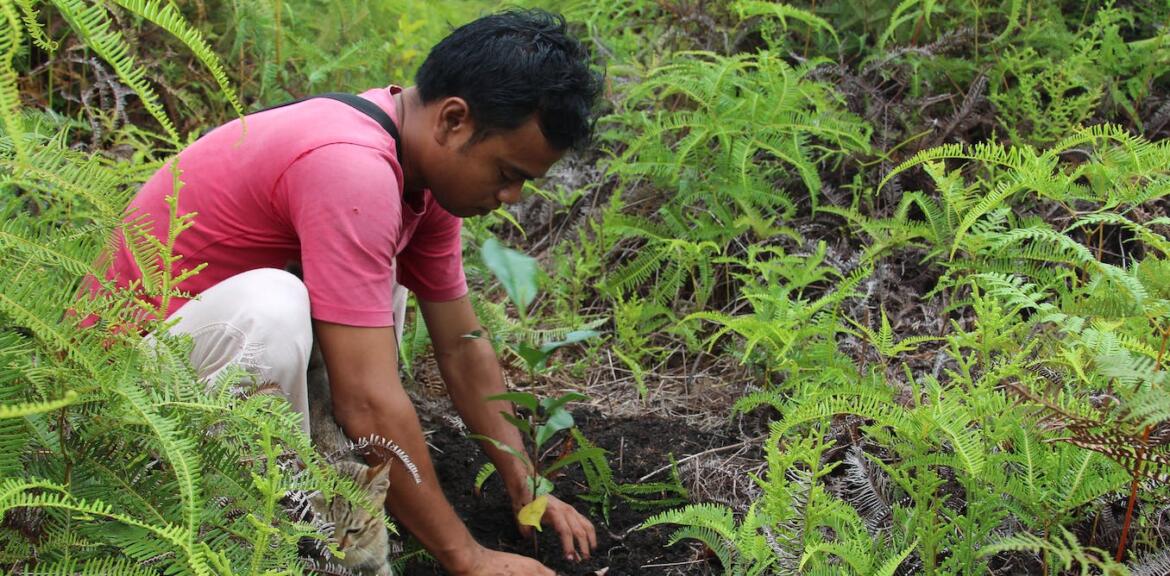Politicians have long been fond of tree-planting ceremonies, but today, well-thought-out forest restoration schemes are increasingly important. Indeed, a host of international initiatives aim to substantially increase the world’s forest area by bringing back to life millions of hectares of degraded and deforested land.
Launched in 2017, the United Nations’ Strategic Plan for Forests is perhaps one of the most emblematic schemes, setting out to boost global forest coverage by 3% by 2030, equivalent to 120 million hectares or an area more than twice the size of France. Encompassing 61 countries, the Bonn Challenge has pledged to restore more than double this, at 350 million hectares by the same year.
These much-needed efforts raise important questions for forest ecologists: How can we ensure that restored forests deliver the range of services we expect of them? How can we make them resilient so that they continue to function well in the future, in particular given ongoing climate change? And how can restoring forests provide an opportunity to help solve other critical global challenges, such as combating the loss of biodiversity and environmental degradation?
Closing the gap in forest restoration
The leap from policymakers’ pledges to effective forest restoration by practitioners needs support from science. The first challenge is to identify the areas on earth that have the largest potential to accommodate all these additional trees. This requires advanced landscape planning, reconciling different perspectives, such as:
-
Securing rising demands for food production.
-
Avoiding biodiversity-rich areas such as extensively managed grasslands, which should not be converted to forests even though they are potentially suitable for tree growth.
-
Acknowledging the economic and cultural values linked to land uses other than forest.
Scientists are developing detailed maps showing this global restoration potential outside of existing forests, agricultural land, and urban areas. Still, there is a debate about how much of this land should be turned over to forests.
Once we determine where to prioritise forest restoration, the next challenge is to decide what these forests should look like. Forest plantations will have an important share in the restoration efforts. Forests now cover about 30% of global land surfaces, and according to the Global Forest Resources Assessment (FAO 2020), planted forests already represent 290 million ha. This is about 7% of the global forest area and it provides nearly 50% of harvested timber.
A crucial question for forest managers is which tree species should be planted, as the trees will form the future forest for decades to come. They should thus provide the largest benefits in terms of the services we want them to deliver, such as strong growth potential, high carbon sequestration, and optimal support of biodiversity. At the same time, they need to be able to withstand the 21st century’s rising…
La suite est à lire sur: theconversation.com
Auteur: Lander Baeten, Associate professor conservation ecology, Ghent University

